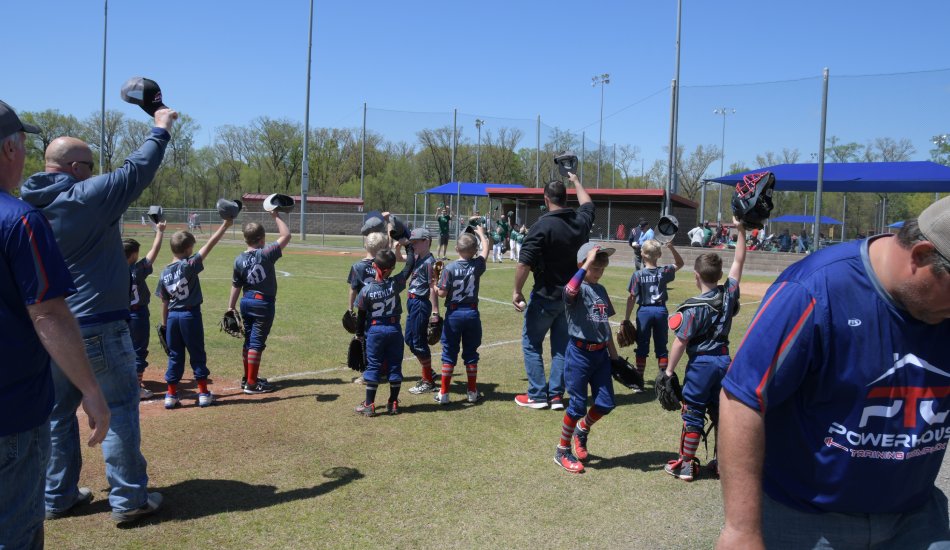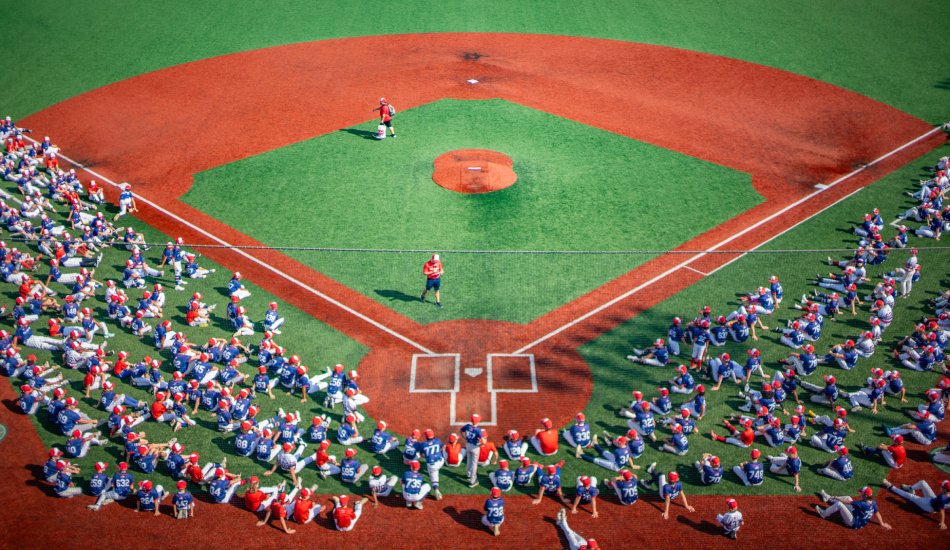America’s Pastime eyes growth with more diversity and the hard work of communities
The sport of baseball and its variations date back to the 18th century, going from a makeshift backyard school game to maintaining some of the most profitable leagues in the world today. What about the amateur game? Kids from the age of 6 to adults in their 40s are most commonly participating in baseball on a daily basis—seasonal restrictions excluded.
When it specifically comes to youth, baseball is always right near the top of the list of most-popular sports. Whether it be T-ball, machine pitch, little league or high school baseball, kids love to be involved at an early age. Not only does baseball allow kids to be active, but it provides an opportunity for them to learn what it is like to work together as a team and work towards a goal. However, how has America’s Pastime fared over the past decade?
Baseball is still a go-to sport
According to a report from Statista, the number of youth participating in baseball hit a record low, predictably due to Covid, with 12.2 percent in the group aged 6-12 involved regularly. In 2021, the number grew to 12.6 percent and is only expected to grow more as the country moves forward post-pandemic. Though that slight increase wasn’t as big a leap forward as initially expected, many convention and visitors bureaus (CVBs) and sports commissions have remained positive, with some reporting great comebacks.
“The 2021 season at the Meijer Sports Complex [was] a complete success, proving that sports tourism is leading the comeback of our regional tourism economy,” said Mike Guswiler, president of the West Michigan Sports Commission (WMSC). “The return of more baseball and softball tournaments, especially those that attract travel teams, is a bellwether of more positive change to come in the sports tourism industry.”
The return of baseball after a brief decline in play has clearly been immense for the sports tourism industry as a whole, and has only increased in the years since.
This wasn’t the first time there was a dip in youth baseball participation though. A whopping 16.5 percent of all youth participated in baseball in 2008 before a steep decline to 12.2 percent just four years later in 2012, but this can be chalked up to the economic collapse of ‘08. When life gets in the way, the numbers prove that baseball will make a comeback one way or another, from communities to travel teams and more.

Tournament play is key to baseball’s success
With baseball rising from its lowest number of participants in recent years, including a 20-percent increase over the past three years in African-American communities alone—signifying a healthy ascent for diversity and inclusionism—tournament play is still what creates and sustains success for baseball planners nationwide. With players and families arriving to destinations from neighboring towns and across state lines, the sports tourism industry booms when baseball tournaments are hosted.
“[Lubbock, Texas, has] been good the last three or four years with baseball,” said Eric Launer, sports sales manager at Visit Lubbock. “Tournaments keep getting bigger and better and it keeps expanding. The majority of the youth tournaments we run sell out. From our point-of-view, we’re looking for tournaments to bring people in from outside of town.”
Not only do baseball tournaments enhance the sports tourism industry, but tournaments improve young players across the board. Tournaments result in more games played, allowing players to consistently receive more reps, more innings played and new competition to face. Additionally, the family aspect is a factor that can’t be matched across other sports. Summer-tournament hours away from home provide kids with bonding moments and lifelong lessons from their family, coaches, peers and competition.
The sports tourism industry dominates with baseball tournaments year-round, but when it comes to the youth, the memories of the extended weekend baseball tournaments will be what is remembered for years down the road.
Baseball’s tireless efforts will lead to bigger and better outcomes
As the baseball industry grows, the outcomes will only lead to bigger and better opportunities in the future. As Minnesota’s local Fox 21 News reported, the cost of youth sports on a monthly basis is in the $700- to $1,000-dollar range. With families willing to continue to pour their money into youth sports, it only leads to a bigger budget for the sports tourism industry.
“I think [baseball] is going to continue to get bigger,” said Launer. “[Baseball] is a sport that’s always been popular and I think it’s going to continue to get more popular.”
While navigating the post-pandemic landscape of the baseball industry may be trying at times, the pivotal efforts from CVBs, sports commissions and facility operators around the country provide the best atmosphere and most luxurious playing levels. Getting volunteers, umpires and a passionate community behind the growth of baseball is what will lead to the sustained success of the sport. Baseball remains one of the hottest sports in the country, but that doesn’t mean there isn’t room to grow in the upcoming years.
By Colby Schikora




